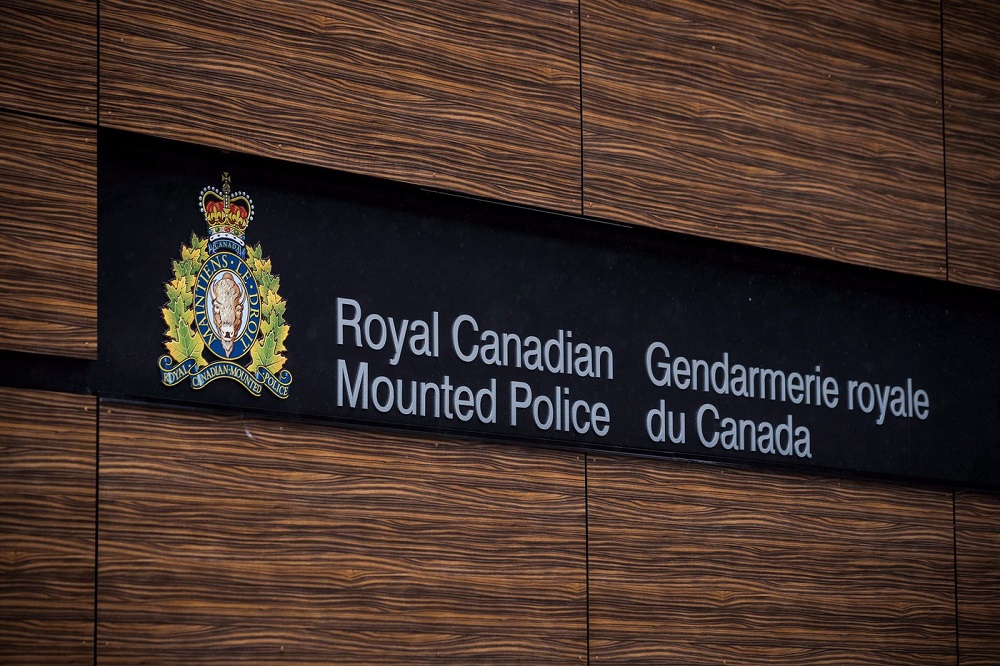It’s Rail Safety Week in Saskatchewan, and the CN Police were in Yorkton to raise awareness.
Constable Henry Neumiller states that the CN Police are spreading the message of the importance of rail safety at schools, during information sessions and in driver’s courses.
He added Operation Life Saver secured a booth for this year’s Harvest Showdown in Yorkton, and representatives from CN Rail will also be there to provide more information about safety around railways.
Neumiller says the goal of the week is to prevent fatalities and injuries. So far this year, there have been 187 incidents involving a train across Canada, including 14 in Saskatchewan, 3 of them involving a fatality.
According to CN Rail on its website, “In North America there are 2,000 crossing accidents and 1,000 trespassing incidents on average each year. In 2021, there have been 2,145 collisions reported in the US resulting in 236 fatalities and 668 injuries. For Canada there have been 199 incidents in 2021 resulting in 58 fatalities and 41 serious injuries.”
Anyone who trespasses on a rail-line is subject to provincial or federal fines.
“The public needs to try to remember that although trains are these massive steel beasts, there’s two people inside that vehicle that are working, they’re just trying to do their job, and they’re neighbours, aunts, uncles, mothers or cousins, they’re friends…and the last thing they want to do is hurt someone.” Neumiller said.
CN’s message about Rail Safety can be found below:
Monday – Speed Misperception. Trains can’t stop quickly. Because of their size, trains appear to be much farther away and travelling much slower than their actual speed. Don’t be fooled! Drivers should never race a train to a railroad crossing. If you see a train approaching, slow down and be prepared to stop at the crossing. Do not drive or go around lowered gates; it’s illegal and can be deadly. The average train moves at 89 km / 55 miles per hour and can take over 2 km/1.25 miles to stop after the emergency breaks are applied. Trains can stop, but they can’t stop quickly!
Tuesday – Stay Alert! Flashing red lights mean that a train is approaching. Do not walk around or behind lowered gates at a crossing and never cross the tracks until the lights have stopped flashing. Today’s trains are very quiet – you may not hear one if you’re listening to music, talking to your friends, or focused on your phone. Even though trains whistle at most crossings, you won’t hear them if you’re wearing headphones. Around train tracks or in stations, obey all warning signs and signals and use caution when using headsets or cell phones.
Wednesday – Stay off the tracks! Taking a shortcut across the tracks or being on railway property is illegal, and trespassers can be seriously injured or killed. Do not drive around lowered gates: it’s illegal and can be deadly. If you think that a railroad signal may be malfunctioning, call the emergency number posted on or near the crossing signal, or your local law enforcement agency. If your vehicle ever stalls on railroad tracks, get out and move away from the tracks, even if you don’t see a train. Find the Emergency Notification System sign and call the number provided to inform them about the stalled train. If you choose to walk or play around railroad tracks, you are trespassing on private property. Consequences can range from fines to fatality. The only safe place to cross railroad tracks is at a designated public crossing. Railroad tracks, trestles, yards, and equipment are private property. Follow directional signs and markings that let you know where it is safe to cross the tracks. Crossing the tracks anywhere else is dangerous and illegal.
Thursday – Railway tracks, trestles, yards and equipment are private property and trespassers are subject to arrest and fine. If you are in a rail yard uninvited by a railroad official you are trespassing and subject to criminal prosecution; you could be injured or killed in a busy rail yard. Remember, stopped railway cars can move at any time. If you’re on one or near one when it moves, you could lose a limb—or worse, your life.
Friday – Follow railway signs and signals. Trains do not always run on schedule. They can run at any time, on any track and come from any direction. Don’t cross railroad tracks immediately after a train passes because there could be a second train. Note that trains can come from either direction. Make sure you can see clearly around the first train in both directions before crossing the tracks. Railway signs, lights, bells and gates are there to keep you safe! Before crossing, look both ways and listen for trains. If one is coming, or if you see any railway warning signals, then STOP behind any gates or stop lines – at least 5 metres away – and wait for the train to pass. Only cross when the signals have stopped and you’re sure no other trains are coming.







